Grow Asia Pacific comprehends the need for improved returns for farming families and explores realistic opportunities to create resilience, secure markets, and increase incomes, whilst also improving both social and environmental outcomes for farmers and their land. Minor changes to farming practices and fair access to resources and markets are often all it takes.
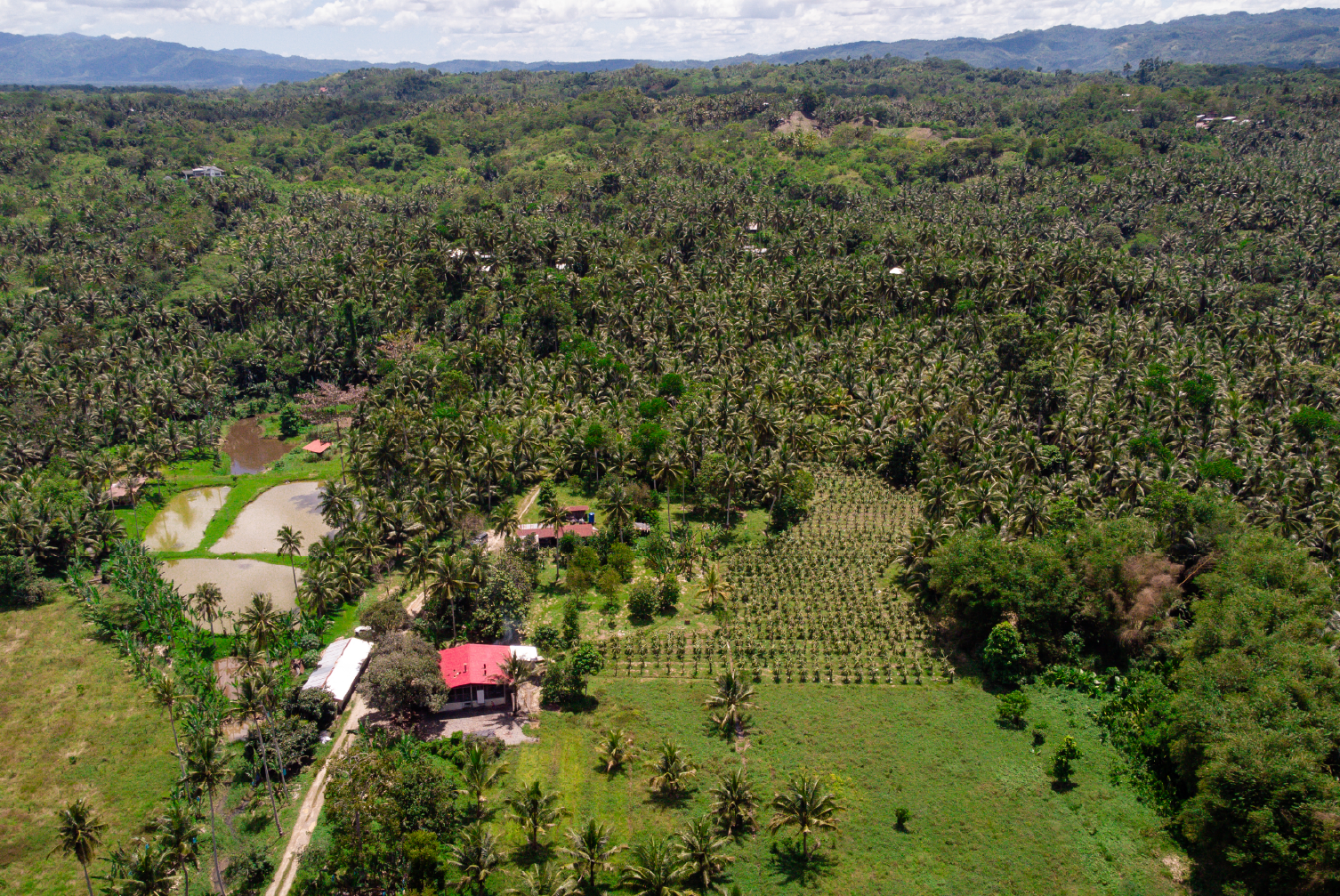
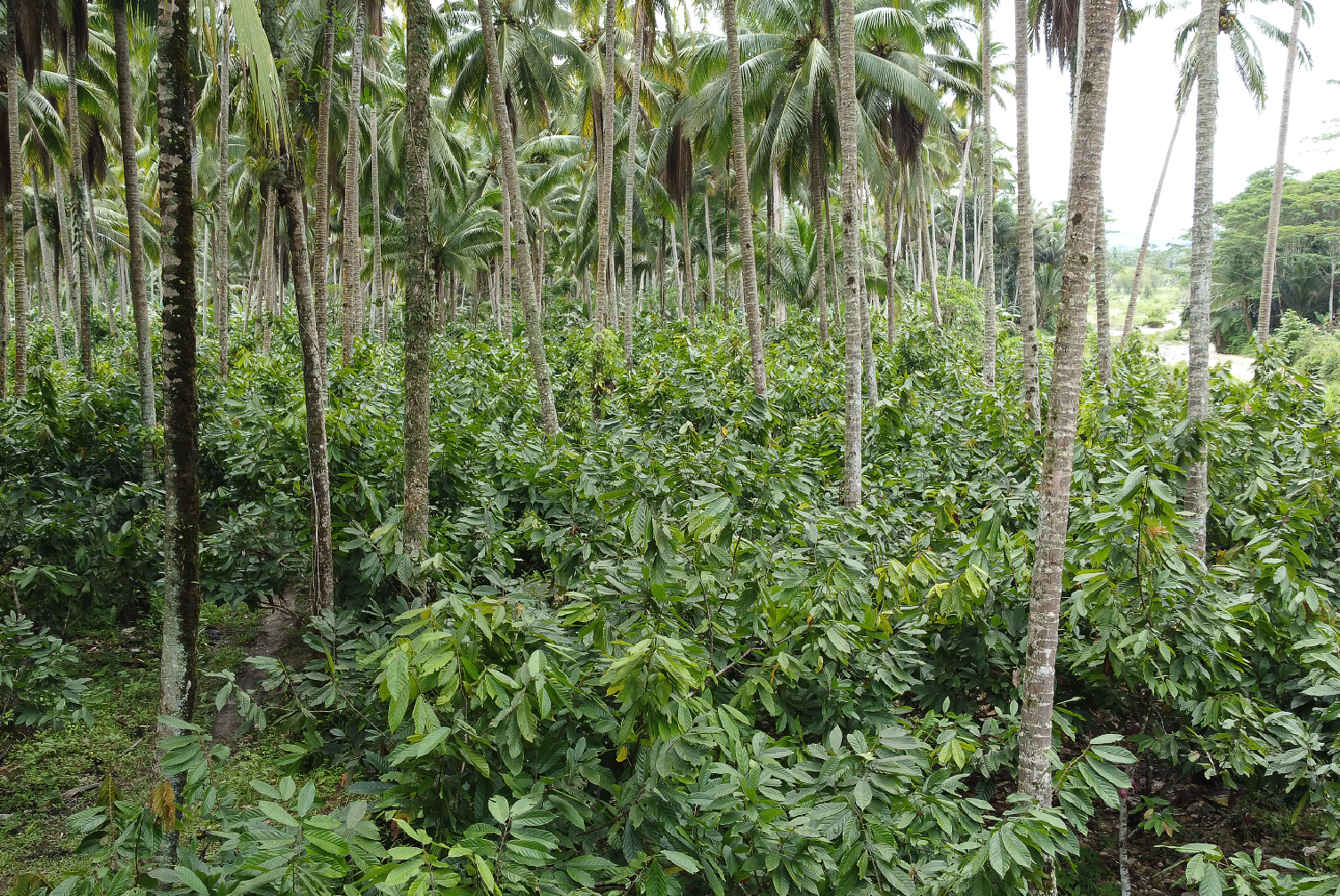
GAP connects farmers in the Asia-Pacific with the growing global interest in food origins. More and more tourists want to learn where their food comes from and how it’s produced. Through agri-tourism, farmers can showcase their work—demonstrating how they grow, harvest, and prepare crops like cacao for chocolate or coconut for sugar. This not only educates visitors but also helps farmers earn additional income, strengthening their livelihoods and communities.


GAP draws on over 35 years of expertise from working in the food production and forestry sectors. GAP can help farming communities build a sustainable future while protecting their natural environment. Our focus is on ensuring local communities prosper whilst helping them preserve their natural ecosystems[PM8] . We have developed extensive farmer-friendly training guidelines with various delivery modes (E-learning, classroom based and practical in the field).
As international deforestation regulations reshape the landscape of tropical agriculture, farmers are under increasing pressure to adopt sustainable and deforestation-free practices. Given the historical link between tropical commodity production and deforestation, a fundamental shift is needed. GAP provides the framework for this transformation, equipping farmers with the knowledge and tools to meet new standards and drive sustainable change.
“Embracing inclusive and environmentally sustainable agricultural growth has the power to improve the livelihoods of Pacific farmers and their families significantly. The adoption of climate-smart production techniques, the establishment of resilient and inclusive value chains, and the promotion of private sector development tailored to meet demand provides an opportunity for agriculture in Pacific countries to be competitive and an attractive sector for the growing young population.”
– Keith Budd
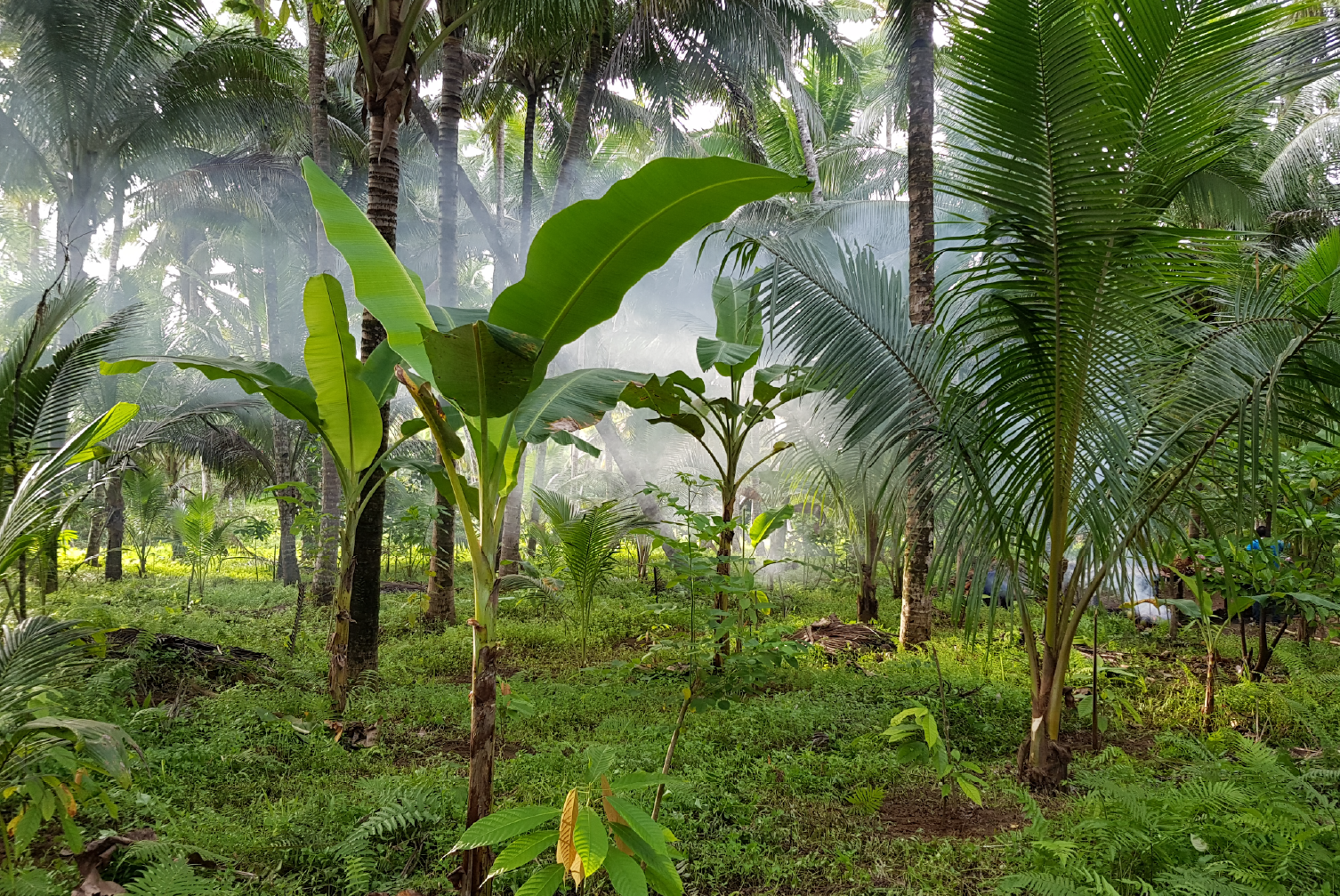
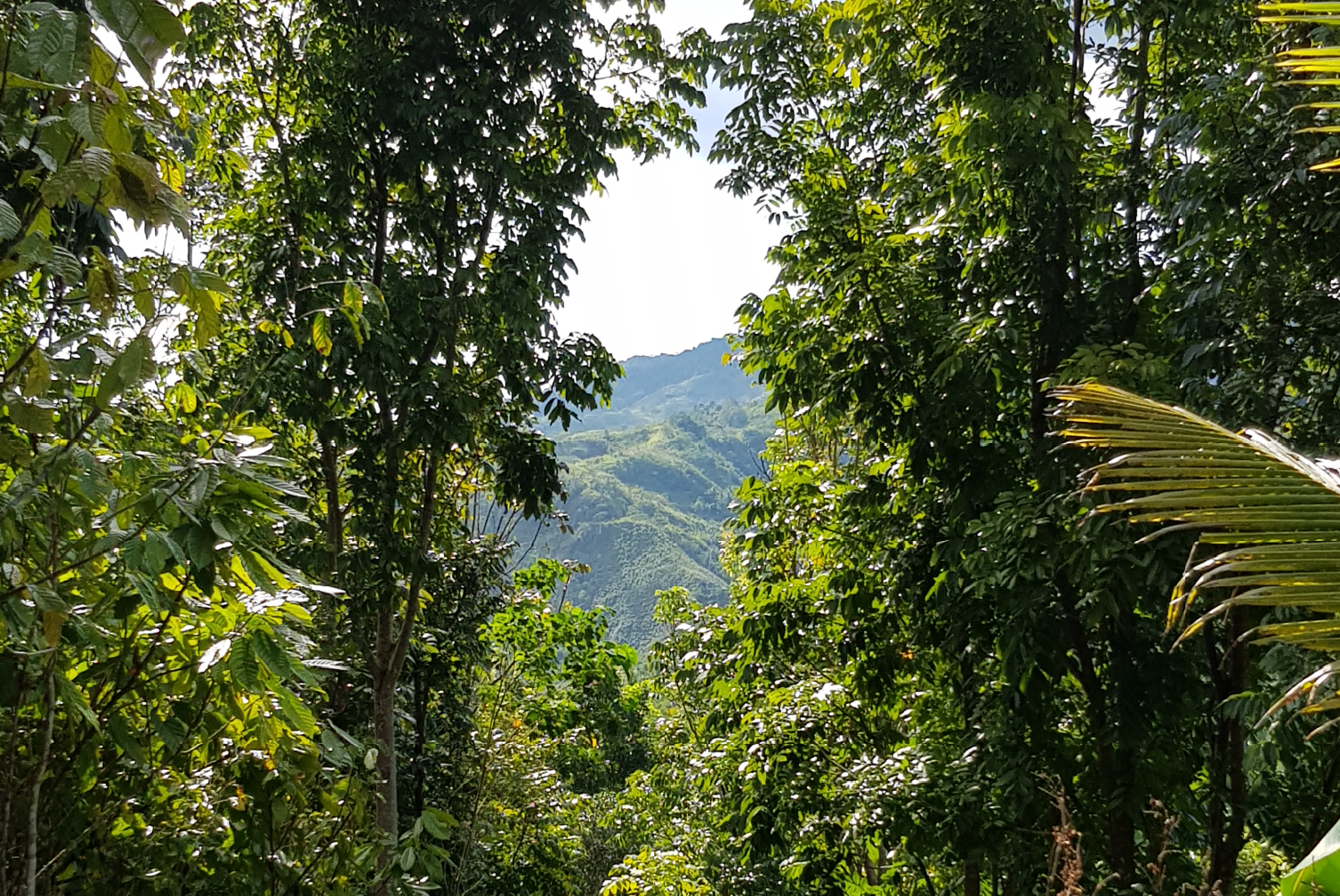

In partnership with SPS Biota, we conduct comprehensive risk assessments, field surveys, GIS farm mapping, and biosecurity training for both farmers and agencies responsible for safeguarding crops and forests. These initiatives help identify potential threats, track the movement of pests and diseases, and develop targeted response strategies before infestations become widespread.
By integrating cutting-edge technology with on-the-ground training, we equip farmers with the tools and knowledge needed to recognise, prevent, and manage emerging threats to their crops. This proactive approach not only strengthens local food security but also supports the long-term sustainability of agricultural landscapes across the region.
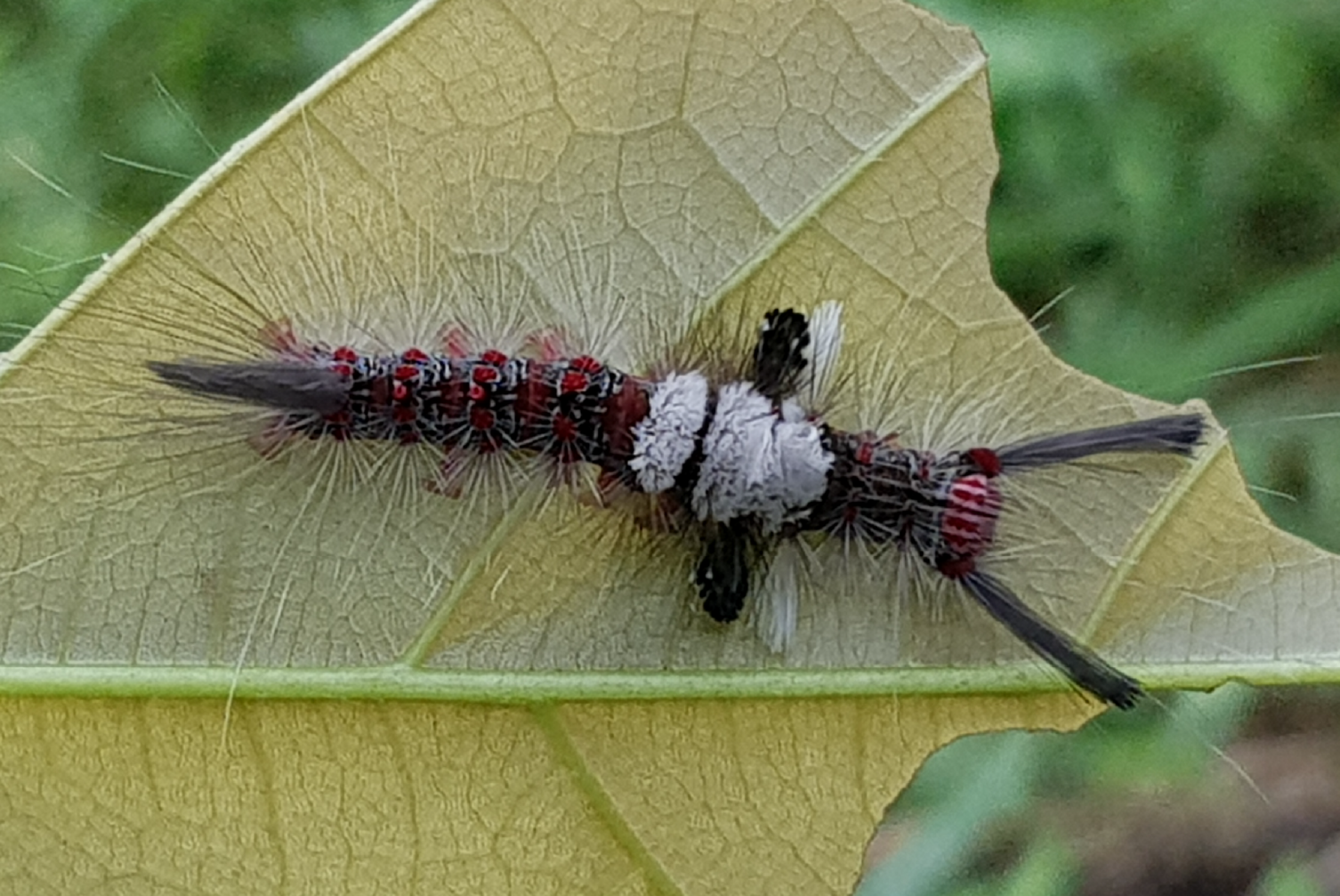

Grow Asia Pacific engages a rapid response team to remediate damaged plantations and farms that can help re-establish crops and supply chain infrastructure in a short time after a disaster. GAP’s manual on farm disaster & climate change management takes the growers through a range of best practices on effectively preparing, controlling, and dealing with climate change and various natural disasters. We can stabilise existing markets or establish new ones by short-term substitution from other farms throughout the Pacific to fill any supply gaps.

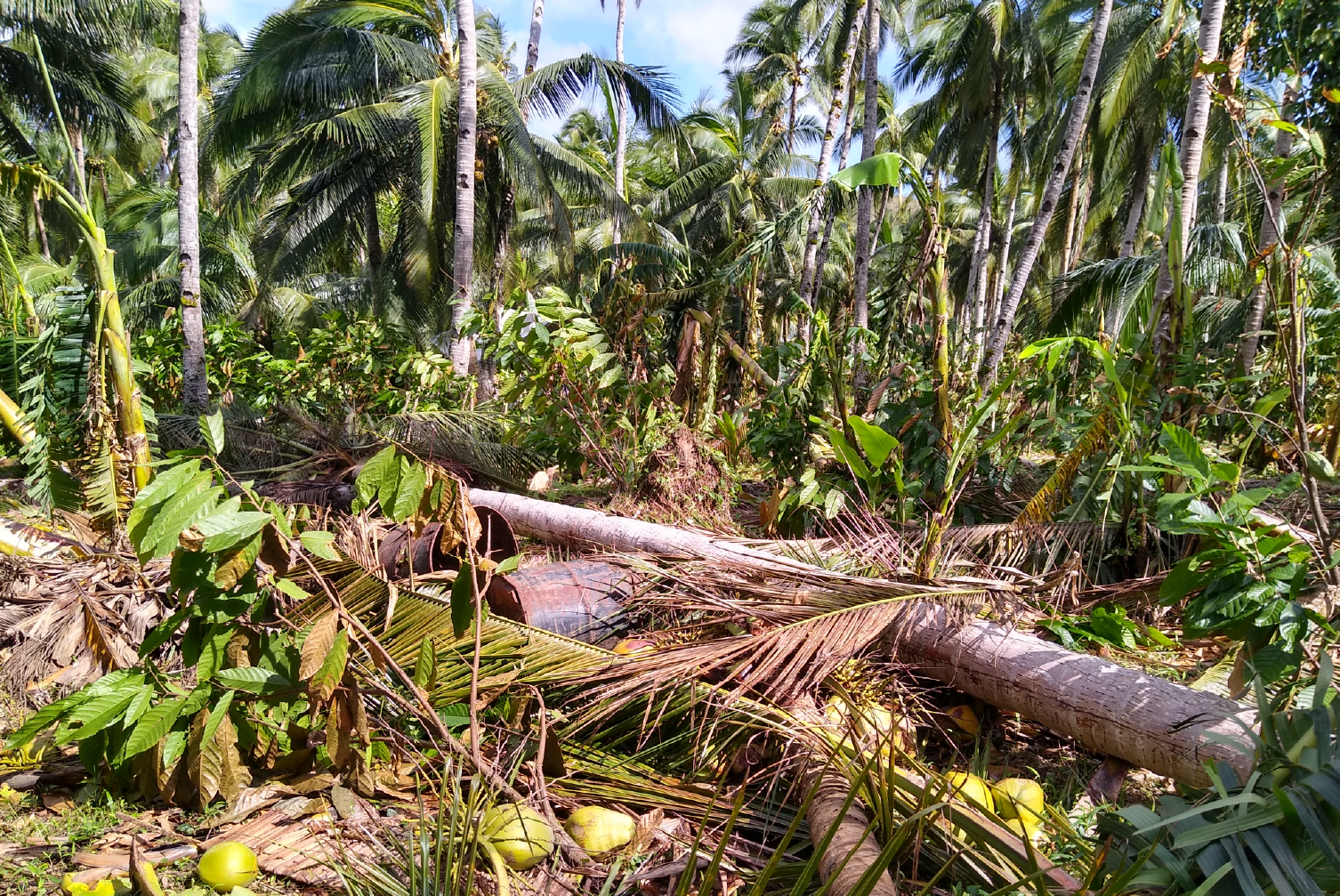
Biota GAP Certification, developed by GAP’s partner organisation SPS Biota, ensures that agricultural products meet the highest global standards for ethical and sustainable production. This certification provides buyers and manufacturers with verified assurance that products are sourced responsibly, adhere to sustainability best practices, and comply with international regulations.
A key feature of Biota GAP Certification is its robust traceability system, which tracks products right down to the farm level. By verifying the origin of crops and ensuring compliance with sustainability and ethical labor standards, this certification helps farmers access premium markets, strengthens consumer trust, and supports efforts to combat deforestation, unfair labour practices, and unsustainable farming methods.
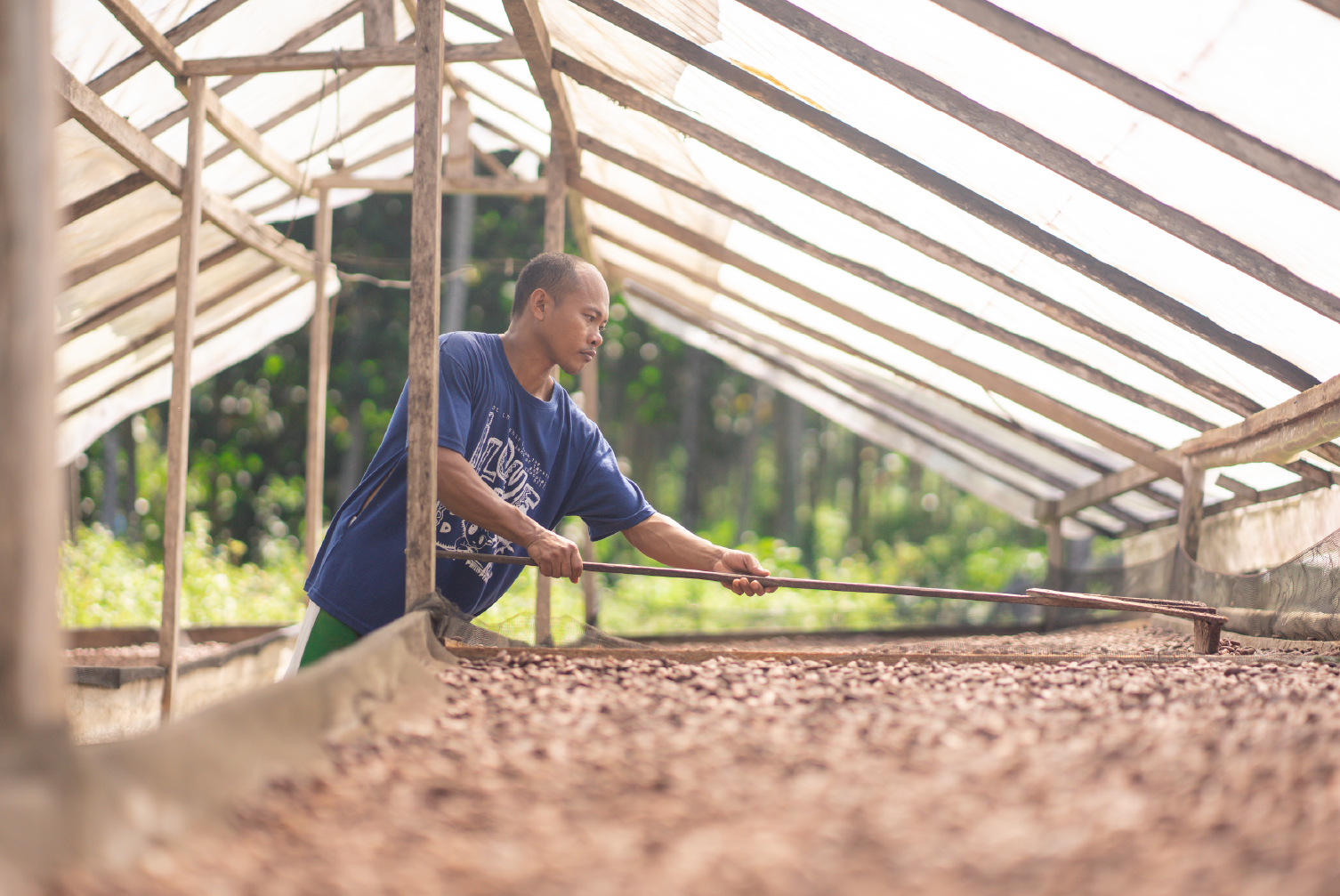

GAP’s team has vast experience in assisting Pacific producers and processors in introducing their products to the international markets.
We aid producers in finding suitable markets, assist buyers and manufacturers diversify their supply-bases and gain confidence in the value chain. We assist farmer producers to become niche suppliers of premium high-value product and provide the platform for sustainably grown and ethically produced products.
With our assistance, the Pacific farmers we support increase production, improve quality of their products, gain a deeper understanding of their markets and adapt traditional practices to apply sustainable and ethical agricultural methods.


GAP delivers hands-on, village-based training across the Pacific, equipping farmers with the latest research, techniques, and best practices to enhance crop quality and productivity. By strengthening their skills, we help farmers improve their yields, increase their income, and build more resilient livelihoods.
As global challenges like climate change, rising pest and disease threats, and stricter regulations — such as international deforestation laws — reshape the agricultural landscape, access to effective training is more crucial than ever.
We tailor our training to fit the needs of each community, ensuring that learning is practical, accessible, and impactful. Whether through hands-on field demonstrations, interactive e-learning courses, or classroom-based instruction, we adapt our approach to ensure farmers gain the skills and knowledge they need to thrive.
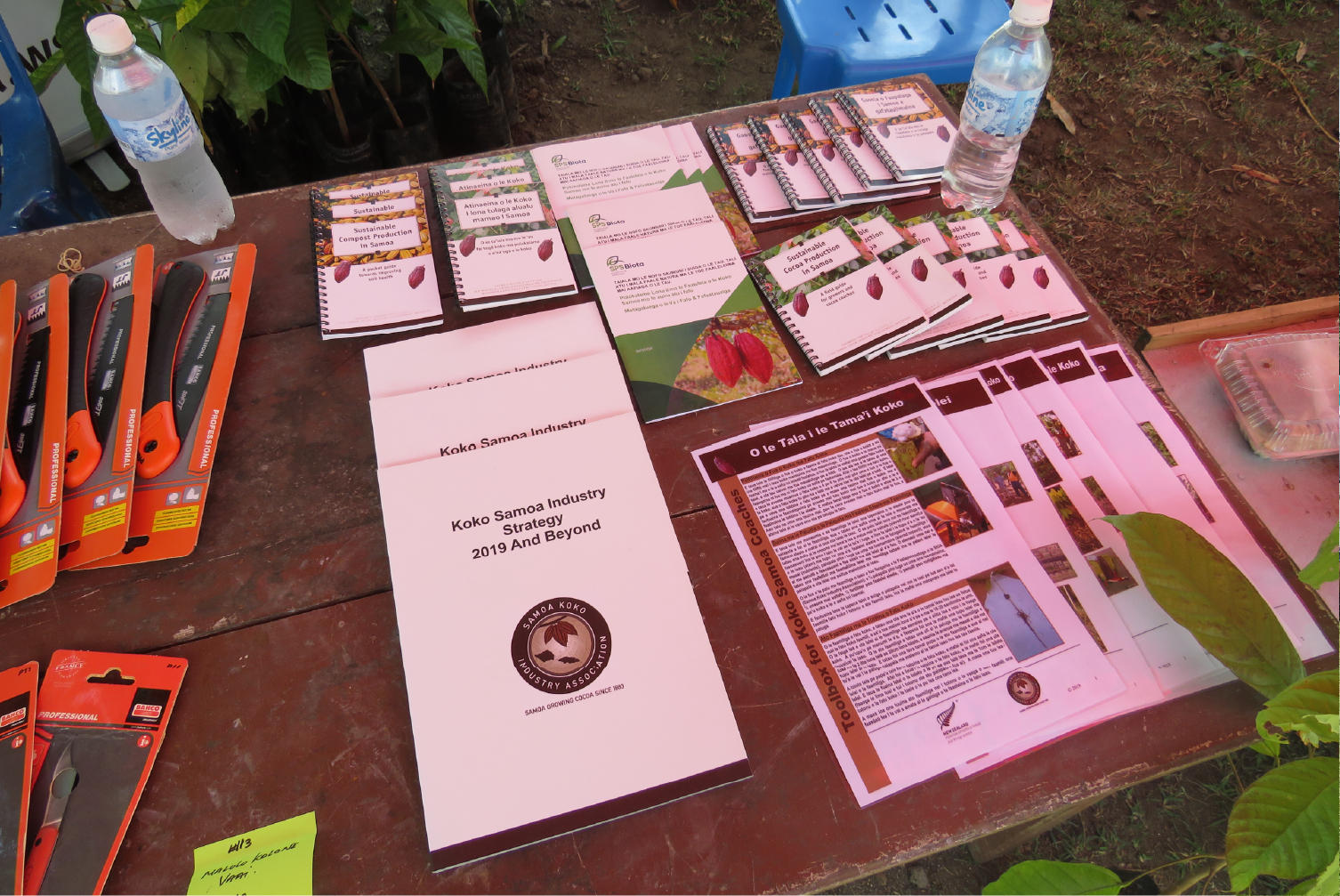
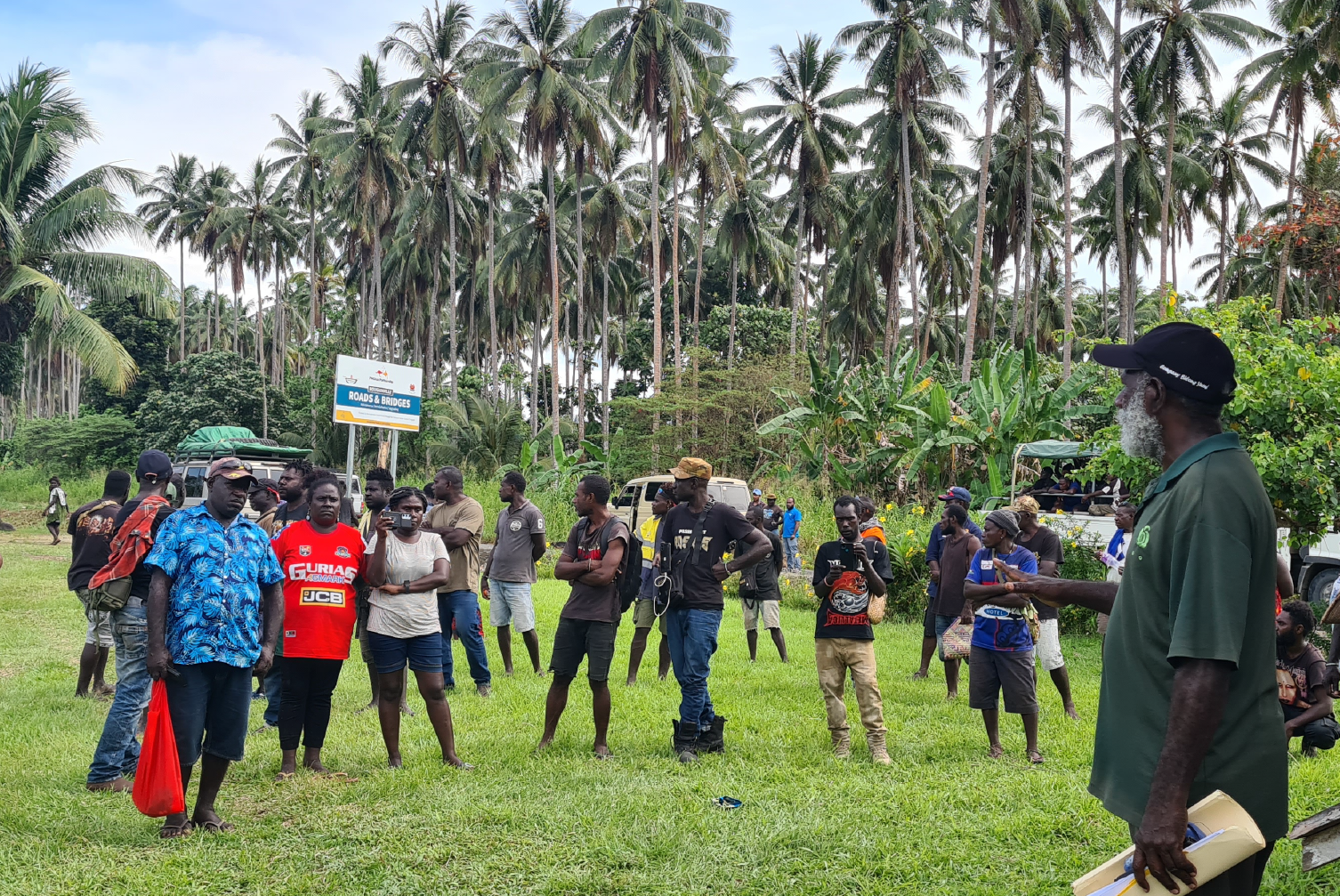
We see permacultural farming as the way of the future for farmers in the Asia-Pacific region.
The concept of permaculture arose from the combination of the words “permanent” and “agriculture”, and describes a design system as well as a best-practice framework for the creation and management of sustainable and resilient agroecosystems, using the diversity and resilience of natural ecosystems as a guide.
We see traditional practice being essentially organic but without the scientific knowledge of why production increases or drops.
When we link traditional farming methods with scientific, less intensive, more organic, ecosystem-based approaches we get a form of permanent agriculture where long-term sustainability is developed.
Today, permaculture is a widely recognised sustainable concept, with hundreds of projects being implemented in over 100 countries and being funded by large organisations like IFAD (click here for more information), JICA (for example, the permaculture development model for Indigenous Mangyan in the Amnay Area, Philippines), USAID (click here for more information) and MFAT too, which supported publishing of Permaculture garden book for kids in Timor-Leste under large Timor-Leste government initiative of introducing permaculture concept into the primary school curriculum.
When GAP works with farmers, we encourage and support permacultural farming that uses traditional farming methods and climate-smart agricultural techniques to improve the production and resilience of farms in the Asia-Pacific region.
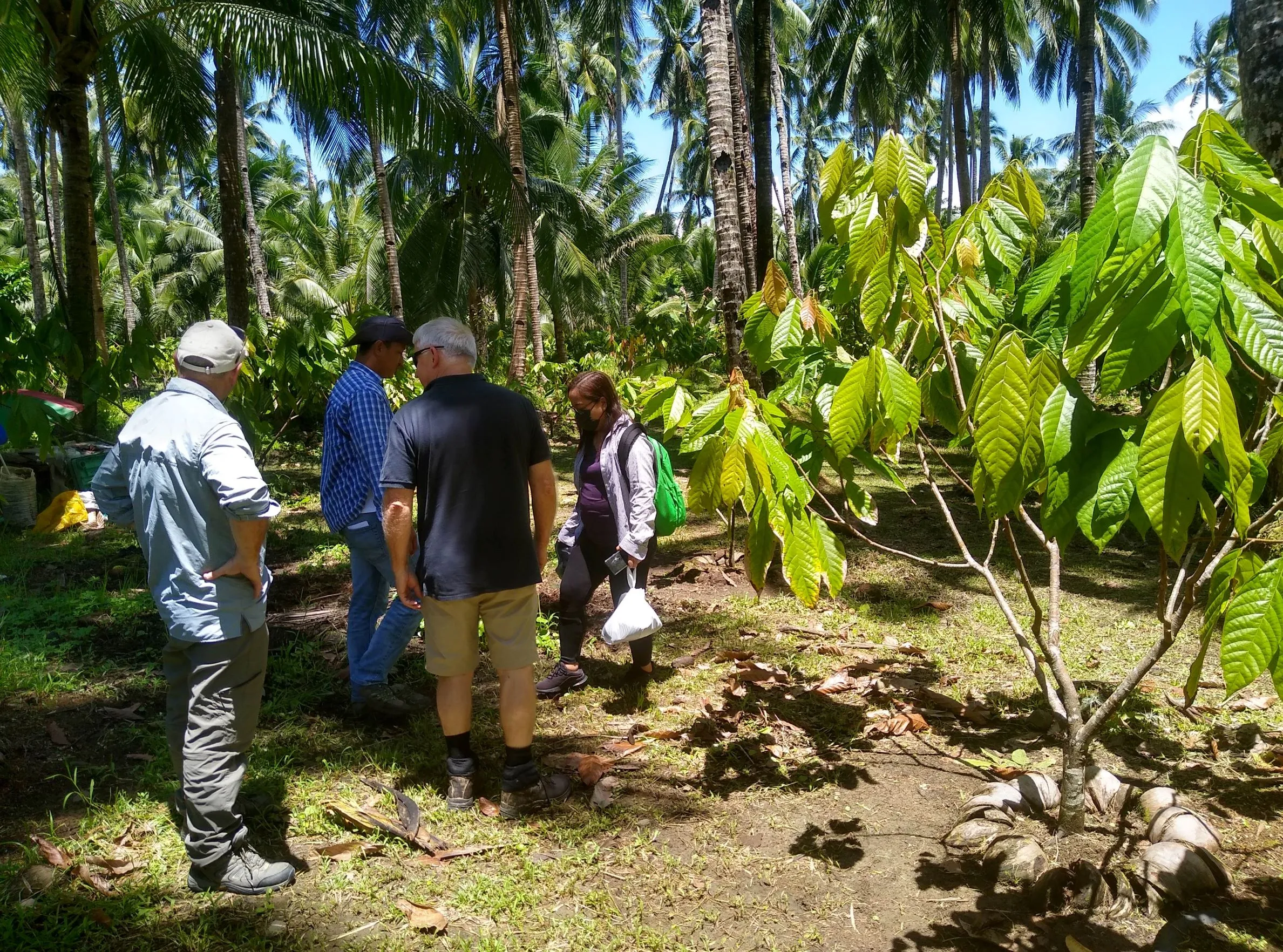
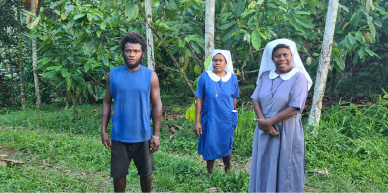
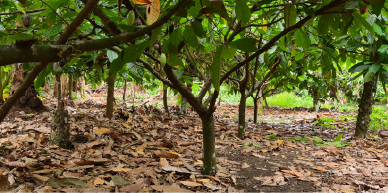
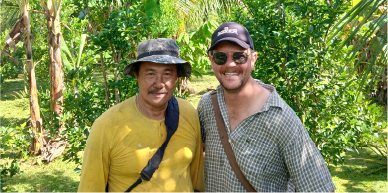
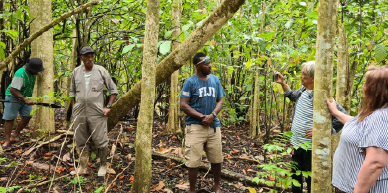
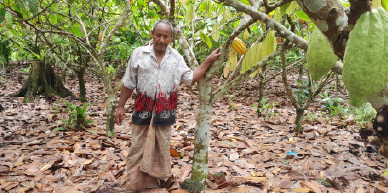
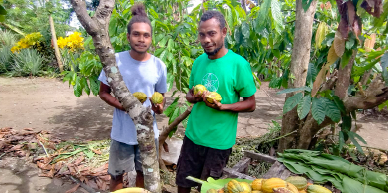

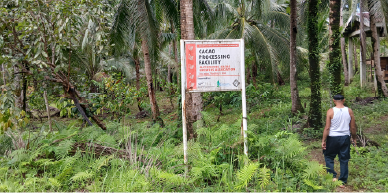
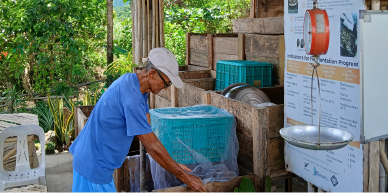

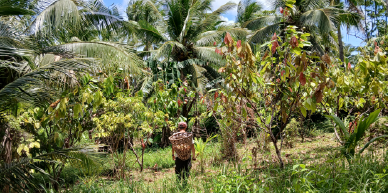

Donations to GAP are tax-deductible in New Zealand and can be made by direct deposit or credit card via our online donations page. Click here to donate.
There are lots of ways you can get involved. You could donate, share our posts and information to others who might like to donate, or volunteer with us. Following us on Facebook and/or Instagram is the easiest way of keeping up to date with what is going on. If you would like to volunteer, please email: info@growasiapacific.org.nz for more information, and we can contact you when opportunities arise.
We love to hear any new ideas for projects and welcome your input. Please email us on: info@growasiapacific.org.nz
All donations go directly to supporting farmers in the Asia-Pacific region, in a variety of ways. Your money supports access for farm produce in lucrative markets around the world, farm rehabilitation and relief when disaster strikes, developing resilient and regenerative farming through climate-smart agricultural techniques, and finally, improving training and knowledge for farmers.
GAP is funded through a mix of donations, sponsors, government grants, and fundraising.
Click here to go to the donate page. You can put in the comments section what specific project you would like to support, or alternatively email us on: info@growasiapacific.org.nz.
Agri-training in Samoa
Over many years agri-training has been conducted with cacao farmers on the island of Savai’i in Samoa by the GAP team and our partner organisation SPS Biota, and funded by the Ministry of Foreign Affairs and Trade